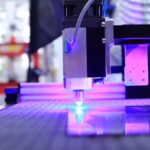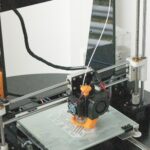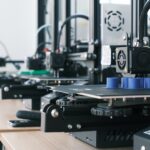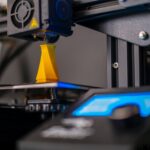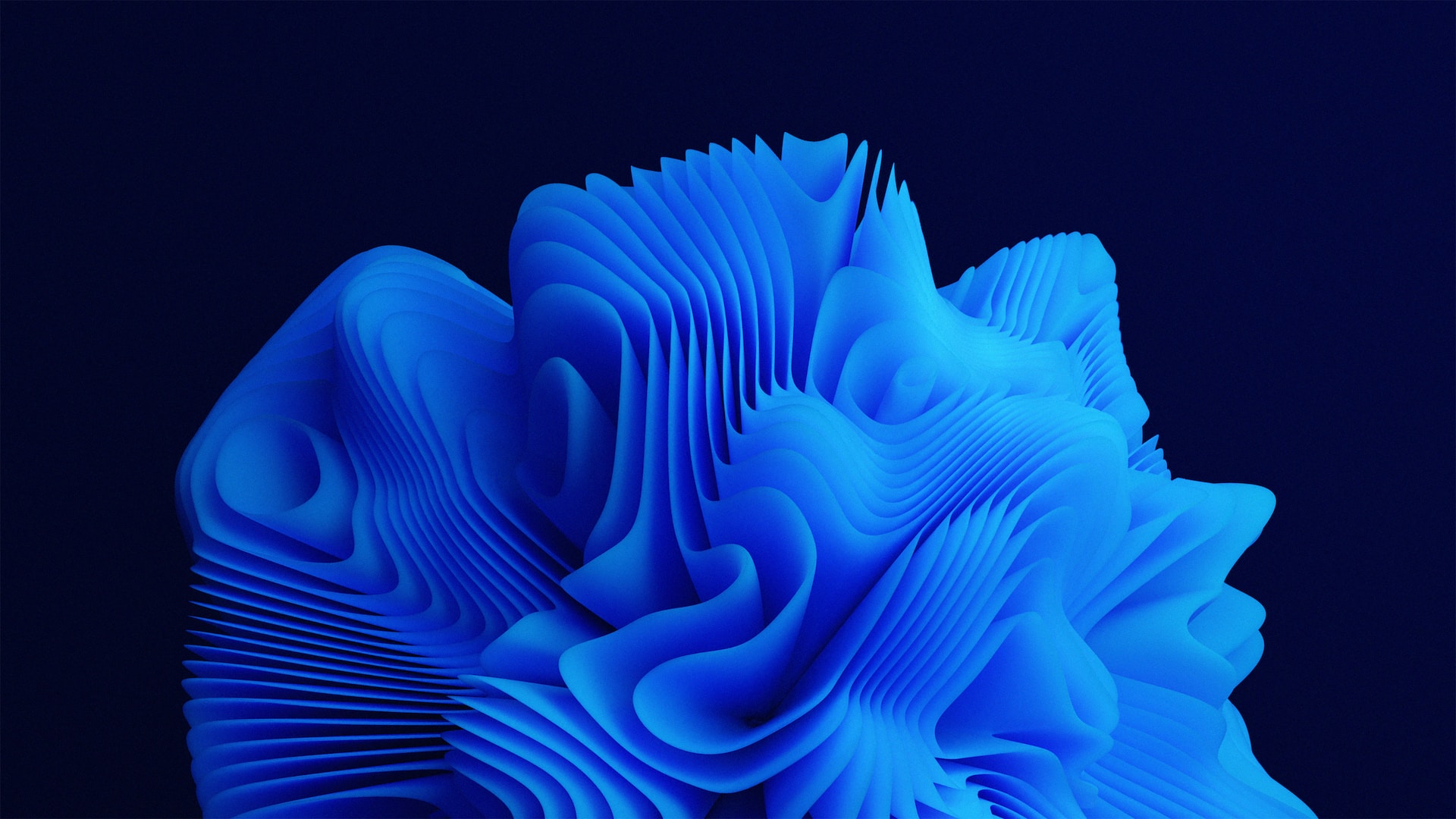What is 3D Printing?
3D printing, also known as additive manufacturing, is a transformative technology that constructs physical objects layer by layer from digital designs. It enables the creation of complex and customized items, spanning from prototypes to end-use products, by depositing material sequentially. This process revolutionizes manufacturing, design, and various industries. Learn to create things from your wildest imagination or useful objects for everyday use.
3D PRINTING CLASSES:
3D Printing Beginners (1hr)
Discover the essentials of 3D printing in our beginners 3D printing class. This introductory class offers a brief yet comprehensive insight into the basics of 3D printing.
COURSE OVERVIEW:
- Foundational concepts of 3D printing and its evolution
- Fused Deposition Modeling (FDM) Printers.
- Key components of a FDM 3D printer
- Materials used in FDM 3D printing
- Preparation & design for FDM 3D printing
- Applications of FDM 3D printing in various sectors
- Stereolithography (SLA) Printers
- Key components of a SLA 3D printer
- Materials used in SLA 3D printing
- Preparation & design for SLA 3D printing
- Applications of SLA 3D printing in various sectors
Price: 24.99
3D Printing Advanced (2hr)
Printers and Software
Learn how to tinker and do basic repairs to your machine as with anything that has moving parts 3D printers need upkeep. Dive into the exciting world of 3D printing slicers that transforms digital 3D models into printing instructions for your specific 3D printer.
Learn how to “slice” models into layers and generate a G-code file that guides the printer.
Key Concepts
- 3D Printer common problems and fixes
- Modifying your 3D printer with custom printed parts
- Layer Height: Determines the thickness of each printed layer. Smaller values can result in more detail but take longer to print.
- Infill Percentage: Dictates how solid (or hollow) an object is. Less infill can reduce print time and material use.
- Supports: Structures temporarily printed to support overhanging parts of the model, which can be removed post-printing.
- Rafts and Brims: Additional structures to improve bed adhesion and print stability.
- Print Speed: Adjusting this can affect the quality and duration of a print.
- Temperature Settings: For both the printer nozzle and the print bed. Different materials require different temperatures.
- Retraction Settings: Helps prevent oozing or stringing by pulling filament back slightly during non-printing moves.
Get hands on with some of the most Popular Slicer Software:
- PrusaSlicer: Developed by Prusa Research, optimized for their 3D printers but can be used for others as well.
- MatterControl: Offers design, slicing, and printer control all in one platform.
- Simplify3D: A premium software known for advanced features and excellent support generation.
A slicer is crucial for obtaining good print quality, as it allows fine-tuning of print parameters. It bridges the gap between digital design and physical realization.Different slicers offer unique features and optimizations; users of ten experiment with multiple slicers to get the best results for specific models or printers.
Come join us and level up your 3D printing skills
Price: $39.99
